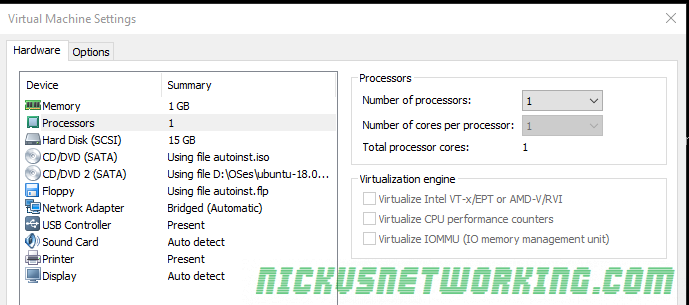A seemingly simple question is how many concurrent calls can a system handle.
Sadly the answer to that question is seldom simple and easy to say, even more so when we talk about transcoding.
Transcoding is the process of taking a media stream encoded in one codec (format) and transferring it to a different codec (hence trans-coding).
This can be a very resource intensive process, so there’s a large number of hardware based solutions (PCI cards / network devices) that use FGPAs and clever processor arrangements to handle the transcoding. These products are made by a multitude of different vendors but are generally called hardware transcoders.
Today we’ll talk a bit about software based transcoding, and how many concurrent calls you can transcode on common VM configurations.
These stats will translate fairly well to their dedicated hardware counterparts, but a VM provides us with a consistent hardware environment so makes it a bit easier.
For these tests I created the baseline VM to run in VMWare Workstation with the below settings:

We’ll be transcoding using RTPengine, which recently added transcoding capabilities, so I set that up as per my post on setting up RTPengine for Transcoding.
Next I setup some SIPp scenarios to simulate call loads, from G.711 a-law to G.711 u-law (the simplest of transcoding (well re-compounding)) and used glances to get the max CPU usage and logged the results.
PCMA to PCMU (Re-companding)

RTPengine fared significantly better than I expected, I stopped at 150 concurrent transcoding sessions as that’s when call quality was really starting to degrade, but I was still achieving MOS of 4.3+ up to 130 concurrent sessions.
For what I needed to do, running this in a virtualised environment allowed 150 transcoding sessions before the MOS started to drop and call quality was adversely affected. Either way I was pretty amazed at how efficiently RTPengine managed to handle this.
Transcoding from one codec to a different codec was a different matter, and I’ll post the results from that another day.
If you want to learn more about RTPengine have a read of my other posts on RTPengine, that cover Installing and configuring RTPengine, using RTPengine with Kamailio, transcoding with RTPengine and scaling with RTPengine over geographic areas.